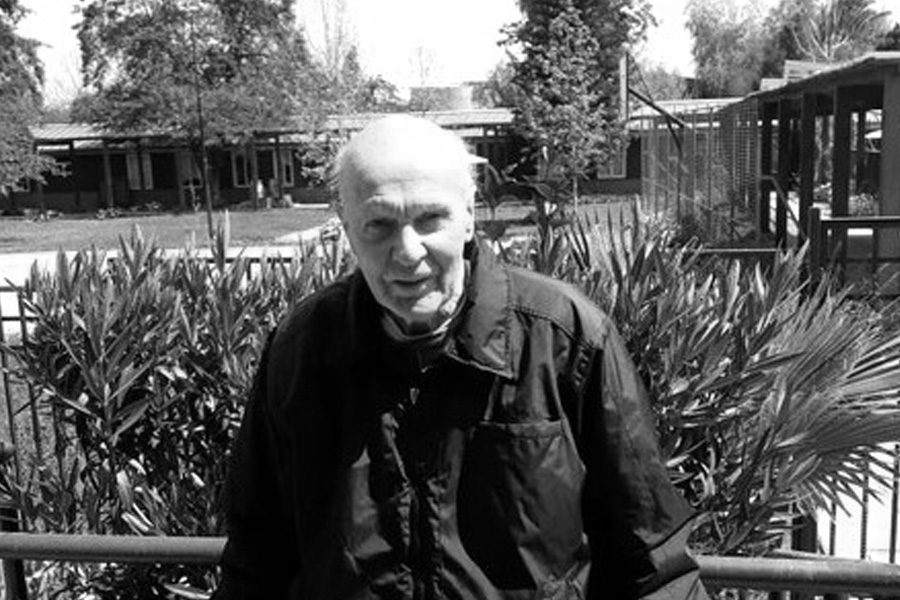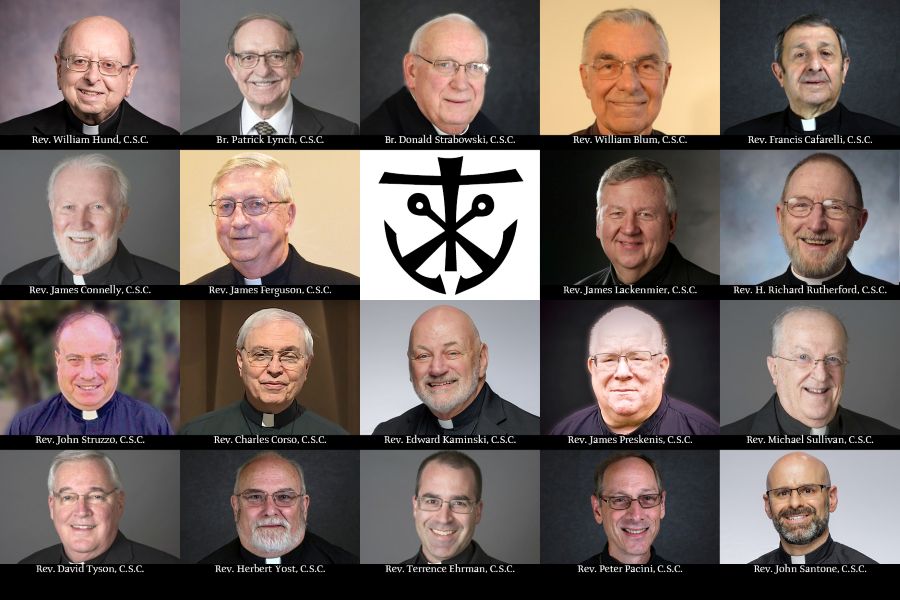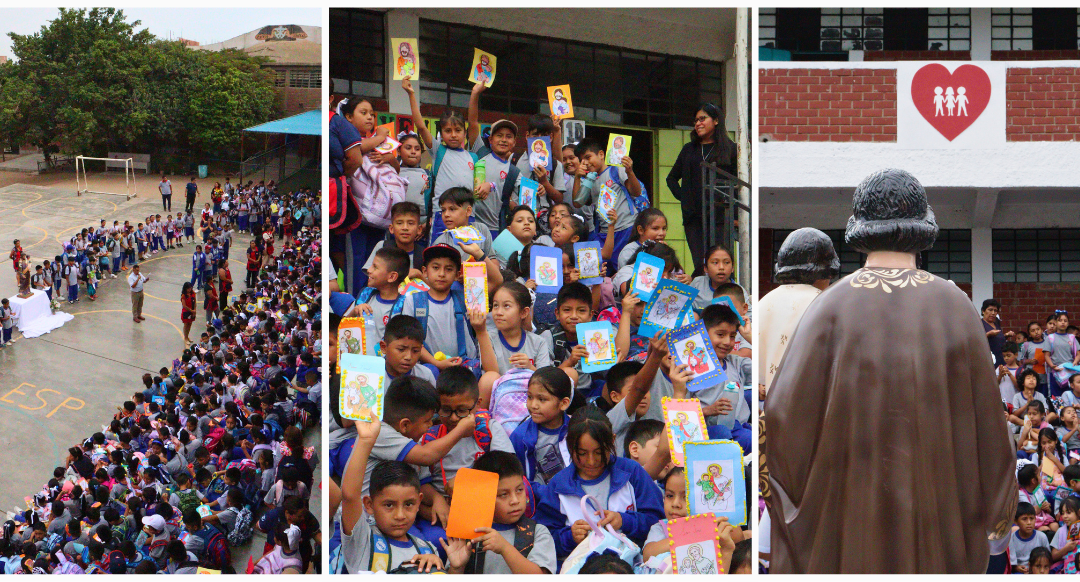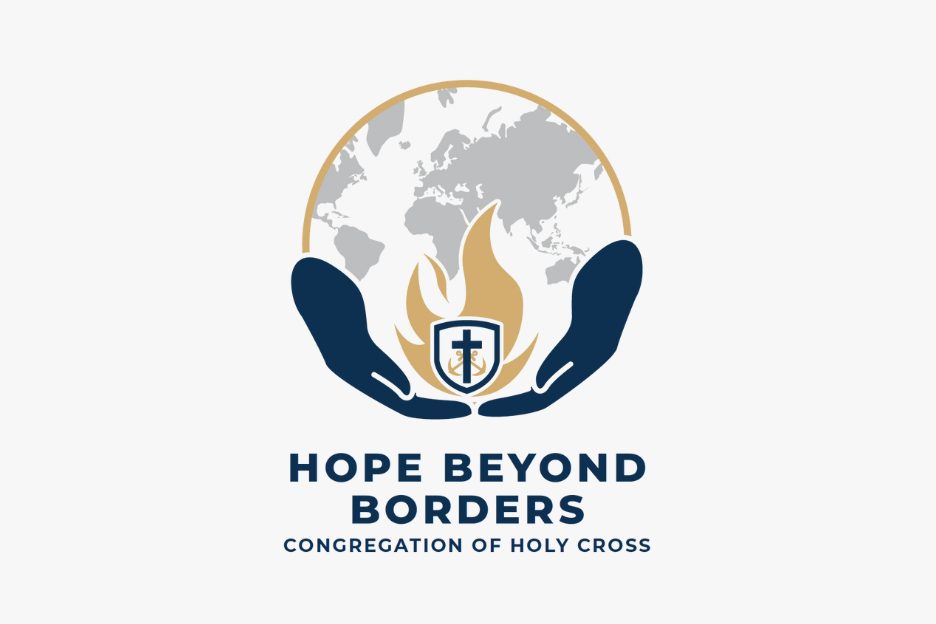Gerardo Papen was born on December 10, 1935, in Tacoma, Washington, the son of Joseph W. Papen and Victoria Thaden, both deceased. The couple had 14 children, seven boys and seven girls. He attended primary and secondary school in Sheridan, Oregon. After finishing his secondary education, he entered the Seminary. He began his studies in philosophy at the University of Notre Dame, making his first vows in Jordan, Minnesota, on August 16, 1955. He arrived in Chile in 1960 to continue his theological studies at the Pontificia Universidad Católica de Chile. He returned to the United States and was ordained a priest on December 21, 1963, in Portland, Oregon.
Rev. Gerardo Papan, C.S.C.’s religious and priestly life was that of a “full terrain” missionary, always attentive to the poorest, the discriminated, the sick, and the abandoned. He always had an admirable apostolic zeal, which would have made our founder proud. He accompanied peasants, migrants, the relegated, AIDS patients, abandoned children, those with disabilities, and those imprisoned. His simple dress, sympathy, and direct treatment allowed Fr. Gerardp to walk through the most remote neighborhoods and villages or share a “pancito” with the vagabonds in the street. He was always the first to want to go on missions during the summer, and in his simple sleeping bag, it didn’t matter where he would lay his head. Many young people fondly remember his presence with them year after year.
After being ordained a priest, Fr. Gerardo served in several parishes. He preferred to be in the fields, mountains, or the city among the poorest. His first years as a priest were as vicar in San Roque, then Santo Domingo in the commune of San Antonio, or San José in the commune of Melipilla. In 1973, he was pastor of El Carmen Parish in the commune of Quilicura and served in Santa Rosa de Lo Barnechea, Nuestra Señora de Andacollo, and San Roque, all in Santiago.
In 1982, the community asked him to take on a new mission in Vallenar, in northern Chile. He was Vicar in the Parish of San Ambrosio, to pastorally attend the Torreblanca Population, today Santa Cruz Parish, and then Parish Priest in Nuestra Señora del Carmen in Alto del Carmen-Vallenar. He always remembered with nostalgia his time in the Huasco Alto Valley, where he welcomed many political relegations with the associates of Santa Cruz. He usually toured his parish walking or in a bus that passed in the morning and returned in the afternoon until the bus derailed, leaving Fr. Gerardo seriously injured. At that time, Fr. Gerardo was already thinking about his next mission and was open to serving in Peru and Brazil.
In 1987, he returned to the Central Zone, and in 1989, he became parish priest of Our Lady of Mercy in the diocese of San Felipe. It was a new apostolate that the Congregation had acquired and where the Novitiate of Chile and Peru would be located. Later, in 1995, he became a parish priest at Nuestra Señora de Andacollo in Santiago.
Fr. Gerardo was a man of stories. He either told them or his closest friends told stories about him. For the Canonization of Saint Teresa of the Andes, the first Chilean saint, he traveled with a small group of parishioners, who striving for the most convenient price, found a passage in the Soviet area line of the time via Moscow, staying one night in the most elegant hotel in the city. He had terrific stories with Fr. Juan Alsina, a Spanish missionary priest whom he met as a missionary in the fields. Fr. Alsina was later assassinated in the days of the military coup, and his body was found on a bridge near the Parish of Andacollo. Fr. Gerardo later organized annual pilgrimages with the parishioners in his memory.
Academics were not his forte, however, he was interested in history and genealogical studies. With meticulousness and perseverance, he wrote a brief history of the Chilean poet Lucila de María Godoy Alcayaga, pseudonym Gabriela Mistral, Nobel Prize for literature, where he shared his research in the baptismal records. Its quality as a hound as defined by the ….. Enrique Lafourcade led him to discover that on his father’s side, he was a descendant of native Indians, enslaved Africans, and Spanish colonizers.
Father Gerardo had the admirable gift of always talking to someone, often strangers, and he made everyone feel welcome. Many priests remember him as a model of Christ since he could take in a transvestite, a lonely older woman, a prostitute, or a young drug addict. He did it with total naturalness; only his smile and intense blue eyes could transmit a deep peace and joy. He was always interested in promoting ecumenism and participated in all the organized inter-religious meetings.
His last years were spent in the Parish in Calle Larga. When he celebrated his fifty years as a priest, the parishioners gave him a bicycle made of paper as a souvenir. He would visit the farthest places on his bike and enter their homes; whether they were Catholic or non-Catholic, it didn’t matter. Everyone knew him because as they passed by, they saw him sweep the long sidewalk of the Parish and several neighbors. Some say he even swept the police headquarters. He brought the sacraments daily to those who needed them and anointed the sick.
The last years of his life were spent in the House of St. John XXIII, where the Congregation received its priests and brothers who require medical attention. The people who cared for him recognized the peace, simplicity, and joy he transmitted to all who visited. A faithful servant of Jesus Christ who left his land and language was undoubtedly a missionary “from tome and loin.” A living sign of God’s love for all, but in particular for the poorest.




